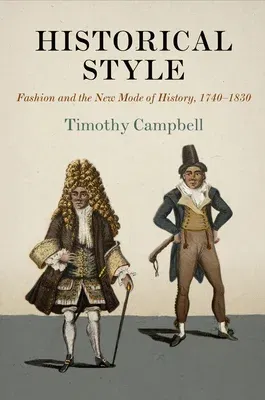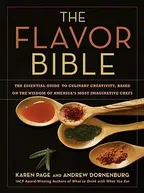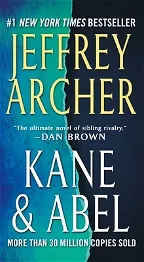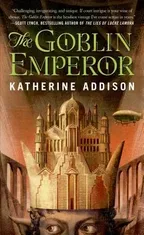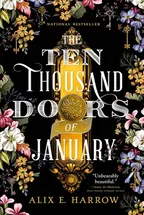Historical Style connects the birth of eighteenth-century British
consumer society to the rise of historical self-consciousness. Prior to
the eighteenth century, British style was slow to change and followed
the cultural and economic imperatives of monarchical regimes. By the
1750s, however, a growing fashion press extolled, in writing and
illustration, the new phenomenon of periodized fashion trends. As
fashion fads came in and out of style, and as fashion texts circulated
and obsolesced, Britons were forced to confront the material persistence
of out-of-date fashions. Timothy Campbell argues that these fashion
texts and objects shaped British perception of time and history by
producing new curiosity about the very recent past, as well as a new
self-consciousness about the means by which the past could be
understood.
In a panoptic sweep, Historical Style brings together art history,
philosophy, and literary history to portray an era increasingly aware of
itself. Burgeoning consumer society, Campbell contends, highlighted the
distinction between the past and the present, created an expectation of
continual change, and forged a sense of history as something that could
be tracked through material objects. Campbell assembles a wide range of
writings, images, and objects to render this eighteenth-century
landscape: commercial dress displays and David Hume's ideas of novelty
as historical form; popular illustrations of recent fashion trends and
Sir Joshua Reynolds's aesthetic precepts; fashion periodicals and Sir
Walter Scott's costume-saturated historical fiction. In foregrounding
fashion to trace eighteenth-century historicism, Historical Style
draws upon the interdisciplinary, multimedia archival impressions that
fashionable dress has left behind, as well as the historical and
conceptual resources within the field of fashion studies that literary
and cultural historians of eighteenth-century and Romantic Britain have
often neglected.
